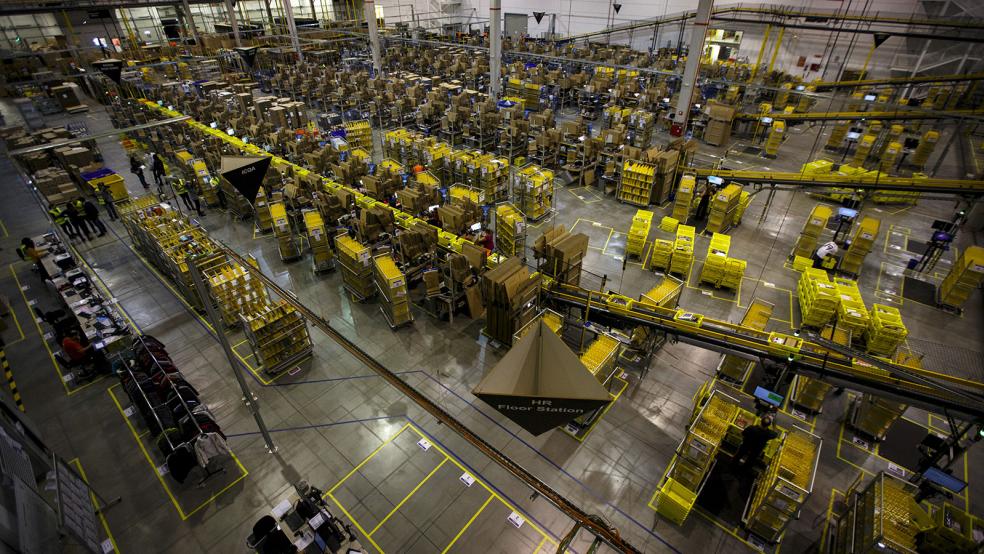Plenty of people from Wall Street to Main Street are worried about a possible recession, but data released Thursday showed that the U.S. economy continued to grow at a solid pace at the end of last year, even as the rate of growth softened amid high inflation and rising interest rates.
Gross domestic product grew by 2.9% in the fourth quarter of 2022, the Bureau of Economic Analysis announced Thursday in its initial estimate for the period. The results beat expectations in the range of 2.6% to 2.8%, with growth driven by consumer spending on services, business investment and inventory replenishment.
For all of 2022, the economy grew 2.1% — a strong performance given the negative growth recorded in the first half of the year and the Federal Reserve’s interest rate hikes totaling a cumulative 4.5 percentage points throughout the year. Measured from fourth quarter to fourth quarter, GDP grew just 1%, down from 5.7% in 2021.
“The economy is slowing, but the above-forecast number will ease recession fears at the same time,” Fawad Razaqzada, an analyst at City Index, told Bloomberg. “They call this the ‘Goldilocks’ scenario.”
Celebrating a “remarkable” recovery: The White House touted the news, with President Joe Biden tweeting, “Our economic plan worked. And it still is.”
Many analysts agree that, whatever the cause, the recovery has been remarkable, with the economy in better shape than many had expected, given the challenges. “Sometimes you need to look at the big picture,” says Heather Long of The Washington Post. “It's been an incredible rebound from the 2020 pandemic recession. The US has recovered all output lost in the crisis and gotten back on trend.”
Inflation remains too high, as does poverty, Long added. “But to recover all jobs and output in basically 2 years is remarkable.”
Gray clouds on the horizon: Despite the solid growth numbers, many analysts and business leaders still expect the economy to slide into a recession at some point this year, driven by the Fed’s campaign to tighten the screws on economic activity by raising interest rates and restricting the money supply. The Fed is expected to raise rates again next week, with most analysts projecting an increase of 25 basis points.
Ian Shepherdson, chief economist at Pantheon Macro, noted that nearly half of the GDP growth last quarter involved inventory restocking, which is unlikely to be sustained over time. The growth in final domestic spending was less than 1%, which Shepherdson says points to weaker results in the first quarter of 2023.
“You may see [growth] and think the economy is out of the woods, but that would be entirely the wrong read,” Joseph LaVorgna, chief economist at SMBC Nikko Securities America, told The Washington Post. “There are a lot of variables that are all pointing in the same direction: There’s a housing recession. Manufacturing looks like it’s approaching recession. We’re seeing weakness in temp hiring. And it’s doubtful we’ve felt the full effects of all of the Fed’s rate hikes.”
Goldman Sachs Chief Economist Jan Hatzius said this week that he sees a 35% chance of recession ahead, but Joseph Brusuelas, chief economist at the consulting firm RSM, puts the odds of recession at 65%.




